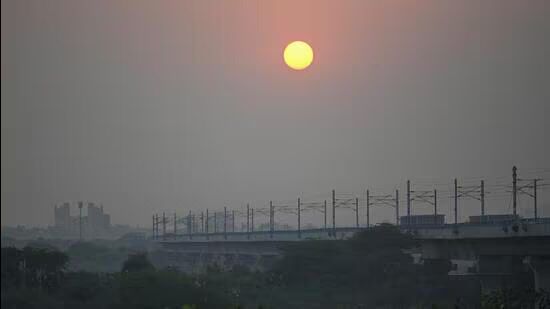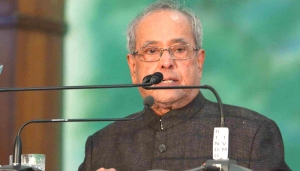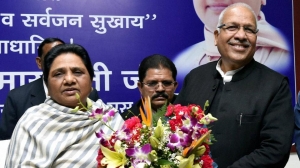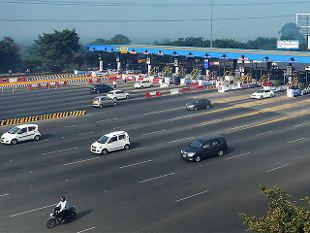Delhi Conducts First Cloud Seeding Trial, Full Run Scheduled for October 29

New Delhi, Oct 24, 2025: Delhi on Thursday successfully conducted its first test of the city’s ambitious cloud-seeding project, marking a key milestone in efforts to combat air pollution. Chief Minister Rekha Gupta described the trial as “historic” and announced that a full-scale artificial rainfall attempt is planned for October 29, contingent on favorable weather conditions. During the trial, a specially equipped aircraft, operated by the Indian Institute of Technology (IIT) Kanpur, flew over Delhi’s northern outskirts, releasing flares containing silver iodide and sodium chloride compounds. The flight, which covered areas including Khekra, Burari, Sadakpur, and Bhojpur before returning to Kanpur, was designed to test the aircraft systems, flare dispersal mechanisms, and coordination among multiple agencies rather than to induce rainfall. IIT Kanpur’s report confirmed that no precipitation occurred during the trial due to low humidity, which measured below 15 percent. Scientists noted that successful cloud seeding typically requires at least 50 percent relative humidity to trigger rainfall. The aircraft successfully deployed the flares, dispersing the compounds into the atmosphere to stimulate cloud condensation under suitable conditions. “Two small patches of clouds were observed and seeded with individual flares, demonstrating that the seeding systems functioned as intended,” the report stated. Manindra Agrawal, director of IIT Kanpur, said that despite the absence of rain, the trial achieved its objectives. “We needed to verify that all systems work and that the chemicals disperse properly. While there was insufficient moisture for rainfall, the aircraft and seeding systems performed as expected,” he told reporters. Environment Minister Manjinder Singh Sirsa described the flight as a “proving run” and emphasized that it reflects Delhi’s commitment to innovative, science-based solutions to reduce pollution. He highlighted the initiative as part of the broader vision of the Prime Minister and the state government to tackle environmental challenges through technology and research. Cloud seeding involves dispersing tiny particles, such as silver iodide, into clouds to trigger condensation and encourage rainfall. Although it has been employed in other regions, its effectiveness in controlling pollution remains debated. The Delhi government approved the ₹3.21 crore project in May, planning five trials with technical support from IIT Kanpur. However, adverse monsoon weather and flight restrictions delayed the program. In addition to cloud seeding, the government continues to implement on-ground measures to combat air pollution. On Thursday, over 2,000 enforcement teams were deployed across the city, alongside 376 anti-smog guns and 266 water sprinklers to control dust and particulate matter. Chief Minister Gupta stated that if conditions remain favorable on October 29, Delhi could witness its first artificial rainfall. The city is closely monitoring meteorological conditions, and authorities remain confident that the project will soon provide a scientific tool to complement other pollution-control measures. Delhi Tests Cloud Seeding Ahead of Full Run on October 29 Delhi successfully conducted its first cloud-seeding trial as part of efforts to combat air pollution. A specially equipped aircraft operated by IIT Kanpur released flares containing silver iodide and sodium chloride over the city’s northern areas to test dispersal systems and coordination. No rain occurred due to low humidity, but the trial verified that all equipment functioned as planned. Chief Minister Rekha Gupta called the exercise “historic” and announced a full-scale attempt on October 29, weather permitting. The initiative is part of Delhi’s broader push for science-based solutions alongside anti-smog guns and water sprinklers.




